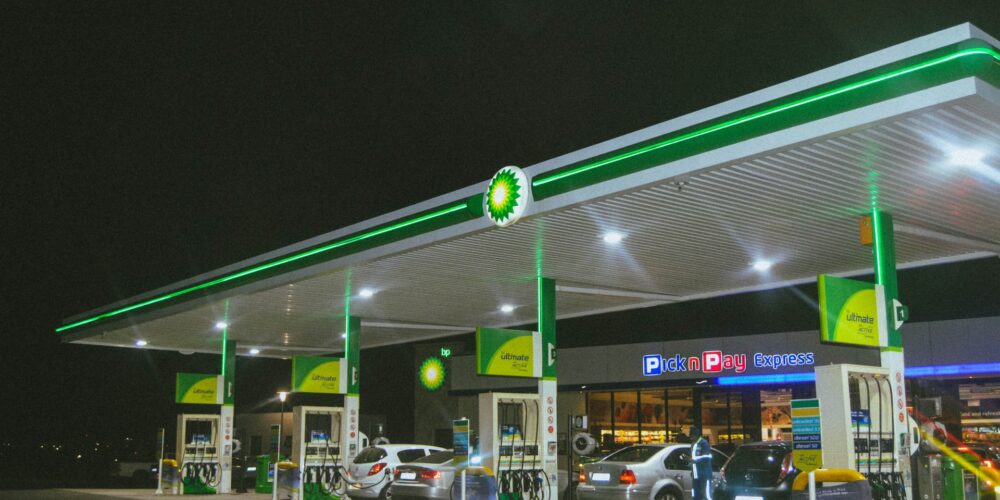Whether it’s a new car, using someone else’s vehicle or just an absent-minded moment, putting the wrong fuel in your car is a more common issue than you might think. While it can be a frustrating and sometimes scary situation to be in, it’s important to stay calm and deal with the problem accordingly. With the new E5 to E10 changes also on the horizon, we’ve decided to put together a guide to help you understand what to do and how to handle misfuelling.
The Upcoming Changes
The Department for Transport (DfT) has announced recently that the UK will be changing its focus from E5 unleaded fuel, to a more eco-friendly bio-fuel, E10. To some, these changes might come as a surprise and for those with older cars, the changes are very much unwelcome. While most cars made after 2011 are compatible with E10 fuel without any troubles, those with cars made before that year and particularly for owners with classic cars, the changes could be costly. E5 petrol will still be available at the pumps as a ‘Super’ grade fuel, but for those used to using the standard, filling up with the wrong fuel is very much a possibility. You can check your vehicle’s handbook for which fuel your car can handle, though it is sometimes printed around the petrol cap. If you’re unsure, check with your manufacturer directly for advice, or use the Government’s Vehicle Checker to be sure.
Do I Need To Be Worried?
E10 is set to be a more eco-friendly option for petrol cars but for those with older vehicles, this could mean paying out of pocket for access to E5, or simply have to upgrade their vehicle. For petrol cars that can’t take E10, there’s little to be worried about if you fill up with the wrong fuel once or twice, providing that it doesn’t sit in the tank for an extended period of time. Prolonged use of E10 fuel in a car that cannot handle the increased levels of bioethanol could see the erosion of plastics, seals and some metals in engine and fuel systems, which could lead to hefty repair bills down the line. For classic cars or other vehicles no longer under warranty, this can be a costly repair.
If you make the mistake of using the wrong fuel, you should be fine if this is the first time you’ve made it. Just drive as normal, and fill up with the correct fuel the next time you need to.
What If I Put Diesel In A Petrol Car Or Vice Versa?
The same can’t be said for those that put diesel in their petrol vehicle, or petrol in their diesel. While petrol will cause more damage to a diesel engine than the opposite, both could cause serious damage to your engine. It’s harder to misfuel a petrol engine, however, as diesel nozzles are typically wider. However, If you’ve made this mistake either way, there are things you need to do in order to protect your car, but the first thing to remember is not to panic! Over 150,000 brits make this mistake every year and solutions are available to get you on your way as soon as possible.
For diesel engines that have been filled with petrol, the results can be disastrous. Petrol helps to create friction in an engine, while diesel is designed to lubricate the parts. The friction petrol can create in a diesel engine could completely ruin the parts and the more that’s pumped through, the worse the damage will be. You could need new pumps, injectors, filters, fuel tanks, pipes and in severe cases, a whole new engine.
For a petrol engine that’s been filled with diesel, the damage is more likely to be limited to the spark plugs. Petrol ignites in an engine using the spark plugs to get it started, while diesel lacks the properties needed to create that spark. For that reason, you could end up with a clogged plug or fuel system and the car won’t start at all.
So, What Can I Do?
First things first, don’t switch on your engine! Don’t even put your key in the ignition if it can be avoided. Get your vehicle to a safe space by pushing it while in neutral, and make the attendants at the petrol station aware of the situation. From here, it’s a case of getting in touch with a qualified mechanic to fix the problem. We provide recovery services and can bring your car to one of our approved garages for an engine repair, where we will drain the fuel tank and get you on your way.
If you have started your engine, things may be a little more complicated. You should turn off your engine immediately or at the next safest point, and put the vehicle into neutral. Once this is done and you are safe, you should still get in touch with our team and we will send out a vehicle to recover yours and bring it in for repair. In both situations, you should also contact your insurance provider.
If you’re still unsure of what to do in a situation like this, feel free to get in touch with a member of our team for advice or assistance.

